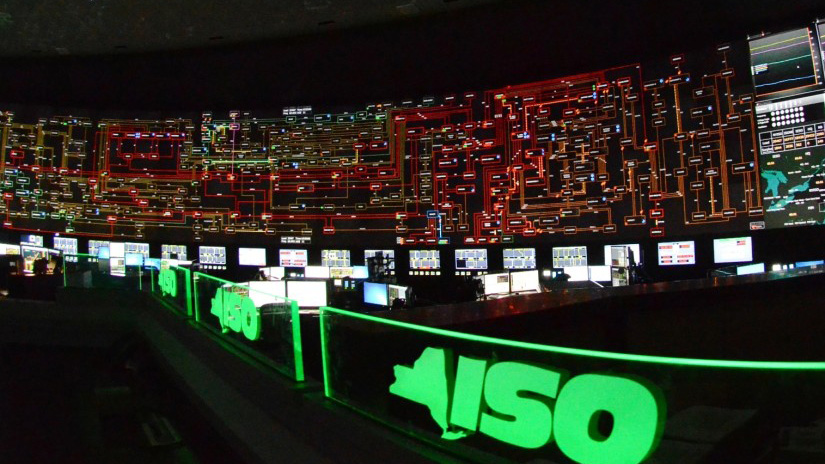One of the quickest ways to engage attention and create impact is to build an immersive experience with video wall technology. Today there are thousands of large display walls deployed around the world. Display technology is used in almost every segment of life, from homes, corporate, retail, and the food service industry to public safety, power generation, government, and military environments.
As technology has evolved with laser and direct view LED systems, content engagement is even more impactful because, for example, we can replicate more accurate color rendering. The mullions of video walls are now almost invisible, and curated dynamic syncopated images interwoven with the immediate surroundings can make for wildly rich experiences.
[The Integration Guide to Video Walls]
The same display technology that creates these immersive environments also supports operations environments, transmission centers, and military missions. However, this data-rich display environment can develop into a sensory overload when it transitions to the workspace. Analysts have a different ergonomic environment: they are trying to react to information from displays that are located only a foot or two from their immediate line of vision and from large-array display walls in the command center.
The user space has gone from dual-display 20-inch screens at the console locations to workspaces with dual stacked 38-inch ultra-widescreen units to workspaces with 16- to 20-inch screens. Also common are 43- or 50-inch screens at workstations that display a single image or a small video wall of content.
Sitting at a workstation, sometimes you cannot see past the local screens, especially when sit/stand workspaces are deployed. Therefore, the new challenge that needs to be addressed is the placement of content on the display walls; content must be viewable in the room by the team members who need to see it. That imperative brings us back to the user workspaces: if you cannot see the content on the wall, you will invariably add more monitors to your own workspace, thereby creating your own graphically overpopulated environment.

Operators will spend eight to 12 hours a day working and looking at their monitors, and making key decisions based on multiple data sets and graphics. It’s critical to focus on ergonomics and sight lines in this environment to ensure the operator’s success. If not designed properly, the workspace could lead to employee discomfort in the form of neck pain, muscle fatigue, eye strain, and perhaps most importantly, reduced production. Poor ergonomics and the wrong display type are exactly what a lot of the work force is experiencing at home now during the COVID-19 pandemic.
We are striving to create positive work experiences at the workstations, and the answer isn’t 12 monitors at all different angles with different levels of brightness and contrast, color balance, and resolutions. One way to address disparities between monitors is by using fewer but larger ones in a workspace. We often use ultra-wide screens ranging from 28 to 38 inches up to a 49-inch unit, which is equivalent to dual 27-inch QHD (2560 x 1440 pixels). The format helps enforce correct sight lines and allows the workflow needed for individual stations.
Another way to solve visual ergonomics challenges is by examining content and workflow at the workstation. Technology exists to create flexible pixel spaces on the workstation irrespective of the monitor setup. That allows the user to leverage peripheral vision for dashboarding, and place active working content in the middle of the pixel space, with flexibility depending on the events of the moment.
The Takeaway: A properly designed operation or control center starts at the analyst workstation and flows throughout the room to the large video wall.
Click here to read more stories from the May 2021 issue of SCN.
